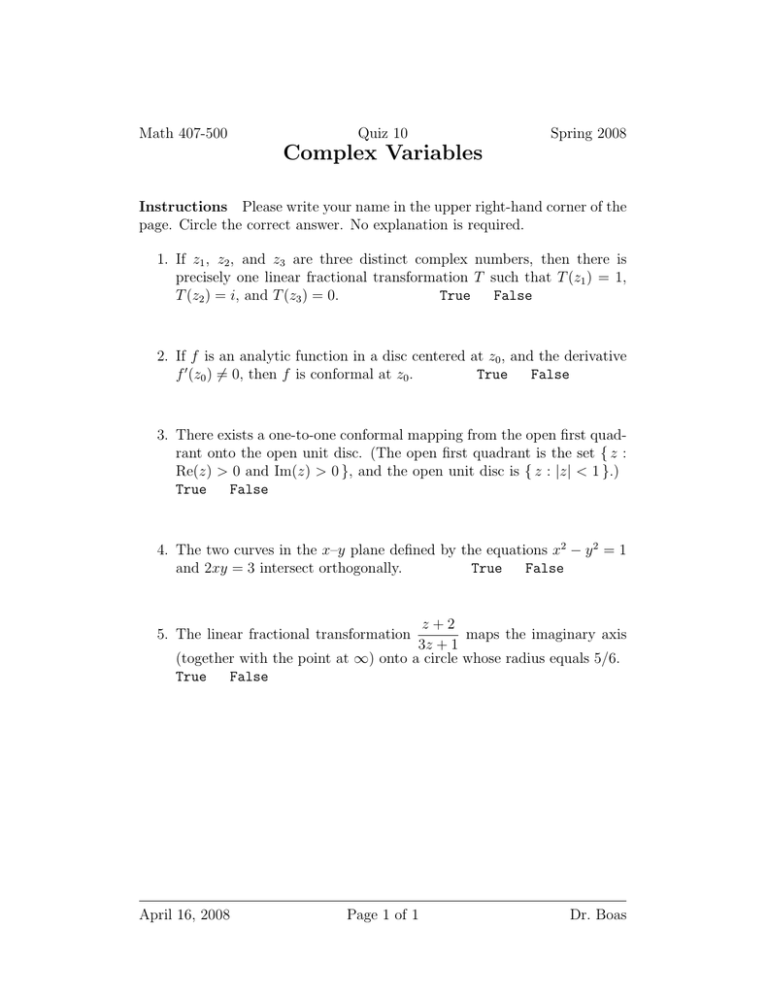

#Transformation maps onto vs one to one professional#
Visio Professional and Premium editions support the reverse engineering features for the Database Model Diagram template (that is, using an existing database to create a model in Visio) but it does not support forward engineering (that is, using a Visio database model to generate SQL code). Visio Standard does not include the Database Model Diagram template. The name of the edition is in the top line of text in the dialog box.

To find out which edition of Visio you have, click About Microsoft Office Visio on the Help menu. It is most likely that your edition of Visio doesn't include the features you are looking for. On the Relationships tab, check information you want to show on the diagram.Ĭan't find the database modeling features? On the Database menu, point to Options, and then click Document. You can choose to show or hide information about relationships in your diagram. Show relationships and their properties in a diagram For one-to-one relationships that would be either Zero or one or Exactly one. For one-to-many relationships that would be either Zero or more or One or more. Under Cardinality choose the cardinality that fits the relationship best. In the Database Properties window, under Categories, click Miscellaneous. (5) The rank of T is the same as the dimension of the vector spaces. A transformation is one-to-one if and only if its kernel is trivial, that is, its nullity is 0. Cardinality is usually expressed as one-to-one, one-to-many, and many-to-many. Let T : V W be a linear trans-formation between vector spaces. For example, one department can have many employees, but an employee can belong to only one department. The cardinality of a relationship describes how many rows in one table can relate to how many rows in another table. Define a relationship as one-to-one or as one-to-many On the Database menu, point to Options, click Modeling, and go to the Logical diagram tab. Tip: You can choose to always or never drop deleted relationships from the underlying model. If the second table doesn't already contain a column with the same name as the primary key, the modeler adds it to the second table as a foreign key. In the grid, click the column you want to use to uniquely identify each row in the table and select the PK check box to set it as the primary key.įrom the Object Relational or Entity Relationship stencil drag a Relationship shape and drop it onto a blank space on the page.Ĭonnect the higher end to the table with the parent table.Ĭonnect the other end to the child table. In the Database Properties window, under Categories, click Columns. If you reverse engineered the model from an existing database, you may need to drag one or both tables from the Tables and Views window onto the drawing page.ĭouble-click the table you want for the primary key side of the relationship. Make sure both tables are visible in the diagram. Create a relationship in a database model diagram See Can't find the database modeling features? for more information. What is the most likely explanation for the price and usage variances? Is this a good trade-off for management of Oakwood Inc., to make? Explain your answer.Note: The Database Model diagram is only available in certain versions of Visio. Calculate the direct materials usage variance. Calculate the standard quantity of materials allowed (in board feet) for the number of units produced. Calculate the actual price paid per hoard foot purchased.

17200 beard feet Standard cost per unit (12 board feet x $8) $96 per unit produce Purchase price variance $2850 unfavorable Required: a. During November, the following results were reported for the production of American Oak armchairs: Units produced 1500 armchairs Direct materials purchased 19000 board feet Direct materials issued into production. The purchasing manager is responsible for controlling direct material price variances, and production managers are responsible for controlling usage variances. The company uses a standard costing system and isolates variances as soon as possible. Oakwood Inc., manufactures end tables, armchairs, and other wood furniture products from Oakwood Inc., manufactures end tables, armchairs, and other wood furniture products from high-quality materials.


 0 kommentar(er)
0 kommentar(er)
